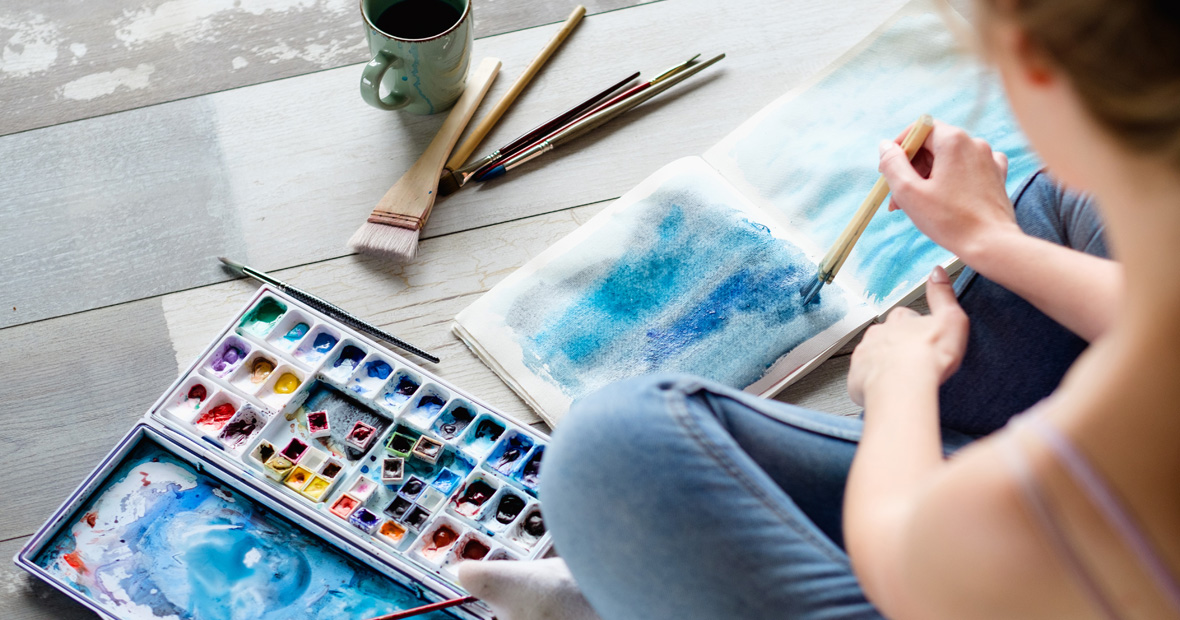
Art has long been recognized as a powerful medium for communication, self-expression, and healing. Through the process of creating and engaging with art, individuals can tap into their inner emotions, release stress, and find solace. This is the essence of art therapy, a discipline that combines artistic expression with therapeutic techniques to promote healing and personal growth. Art therapy has gained increasing recognition and acceptance in recent years, as its benefits for mental health, trauma healing, and overall well-being have become evident. In this article, we will explore the profound impact of art therapy, delving into its various benefits and applications, and how art has the potential to heal and inspire individuals on their journey towards emotional and psychological well-being.
Benefits of Art Therapy
Art therapy offers a wide range of benefits for individuals of all ages and backgrounds. Through engaging in the creative process, individuals can experience catharsis, self-discovery, and personal growth. Art therapy provides a non-verbal outlet for emotions, allowing individuals to express and explore their inner thoughts and feelings in a safe and supportive environment. It promotes self-awareness, self-esteem, and self-empowerment, as individuals gain insights into their own experiences and develop a sense of agency. Moreover, art therapy has been shown to reduce stress, anxiety, and depression, serving as a valuable tool for managing and improving mental health. By fostering creativity, imagination, and problem-solving skills, art therapy enhances cognitive abilities and promotes overall well-being.
Art as a Form of Self-Expression
Art serves as a powerful means of self-expression, allowing individuals to communicate their thoughts, emotions, and experiences in a visual and tangible form. Through art, individuals can transcend the limitations of verbal language and tap into the depths of their subconscious. Artistic expression provides a unique outlet for exploring personal narratives, identity, and inner truths. It enables individuals to express complex or abstract feelings that may be difficult to articulate through words alone. Whether through painting, drawing, sculpting, or any other artistic medium, art becomes a tool for self-discovery, self-reflection, and self-empowerment. Artistic expression allows individuals to externalize their internal world, creating a bridge between their innermost thoughts and the outer reality, fostering a deeper understanding of oneself and promoting emotional well-being. More on this specialised website.
Art Therapy for Mental Health
Art therapy has proven to be a valuable therapeutic approach for individuals dealing with mental health challenges. Engaging in art-making activities within a therapeutic setting can help individuals manage and alleviate symptoms of various mental health conditions, such as anxiety, depression, and trauma-related disorders. Through the creative process, art therapy provides a safe space for individuals to explore their emotions, gain insight into their thoughts and behaviors, and develop coping strategies. Art therapy encourages self-expression and allows individuals to externalize their internal struggles, reducing feelings of isolation and promoting a sense of connection and understanding. It offers a non-judgmental and supportive environment where individuals can process their experiences, increase self-awareness, and develop healthier ways of dealing with their emotions. Art therapy serves as a powerful adjunct to traditional therapeutic approaches, offering a unique and effective pathway towards mental well-being.
Art Therapy for Trauma Healing
Art therapy has shown significant effectiveness in aiding individuals on their journey of healing from trauma. Trauma can leave deep emotional wounds that are often challenging to express and process through conventional means. Art therapy offers a safe and supportive space for trauma survivors to explore their experiences, release pent-up emotions, and regain a sense of control over their narratives. Through art-making, individuals can symbolically represent their traumatic experiences, allowing for a cathartic release and integration of fragmented memories. The creative process in art therapy enables individuals to explore and reframe their trauma in a way that feels manageable and empowering. Additionally, art therapy facilitates the development of self-soothing techniques and coping mechanisms, providing individuals with tools to manage the emotional and physiological responses associated with trauma. By engaging with art therapy, individuals can embark on a transformative healing journey, reclaiming their sense of self and finding renewed strength and resilience.
Art Therapy in Healthcare Settings
Art therapy has found a valuable place within healthcare settings, complementing traditional medical approaches and promoting holistic well-being. In hospitals, clinics, and rehabilitation centers, art therapy is utilized to enhance patient care and support healing processes. Through engaging in creative activities, patients can find moments of respite from their medical conditions, allowing for emotional expression and distraction from pain or discomfort. Art therapy has been shown to improve the quality of life for individuals facing chronic illnesses, aiding in symptom management, reducing stress, and fostering a sense of empowerment and control. It can also serve as a form of communication and emotional support for patients who may struggle with verbal expression. Furthermore, art therapy is used to support the emotional well-being of healthcare professionals, providing a creative outlet for self-care and stress reduction. By integrating art therapy into healthcare settings, a holistic approach to healing is embraced, recognizing the profound impact of art on the overall well-being of patients and caregivers alike.